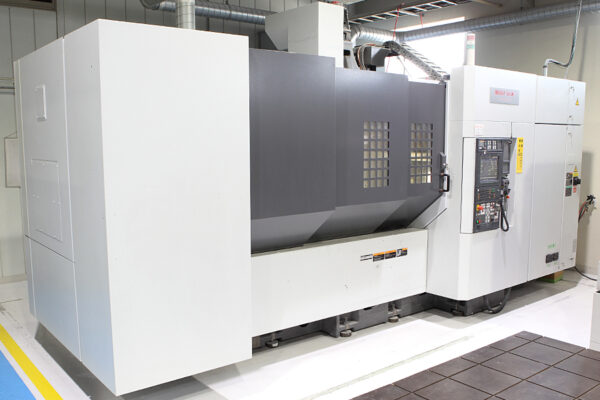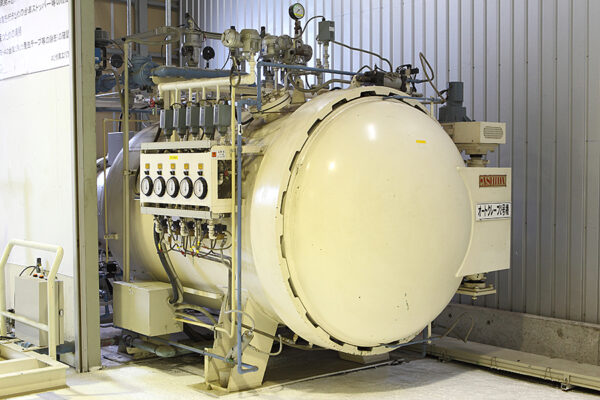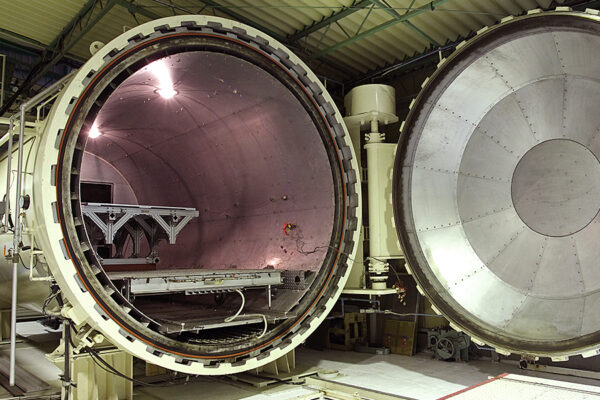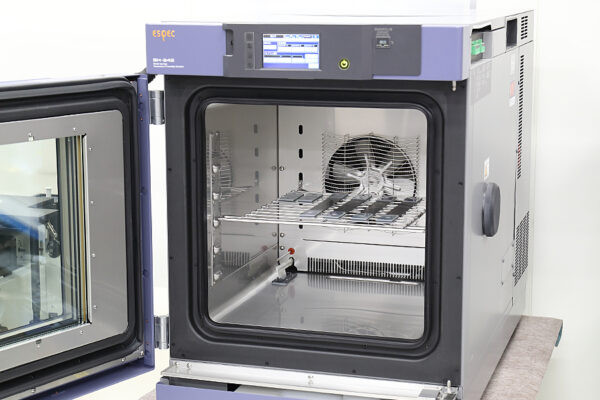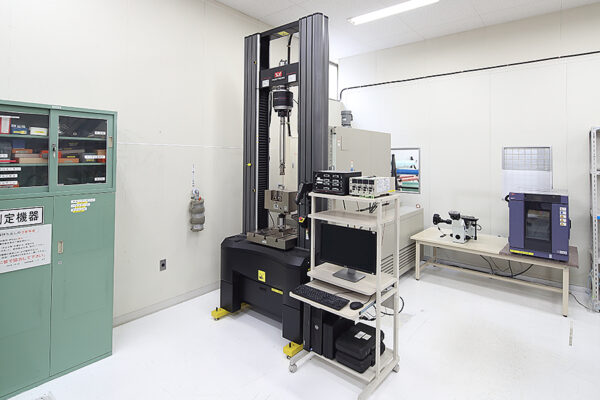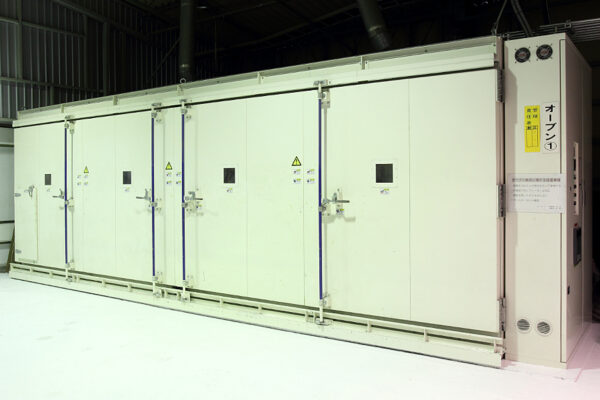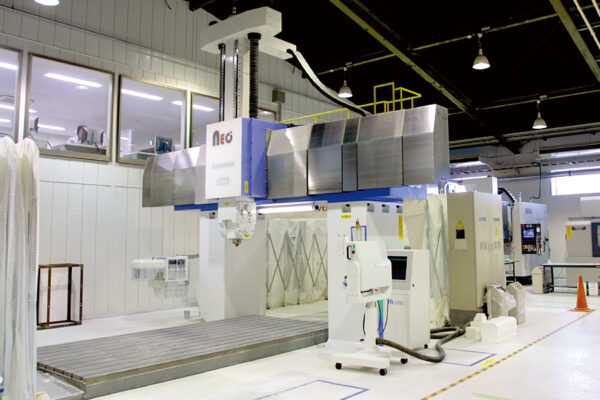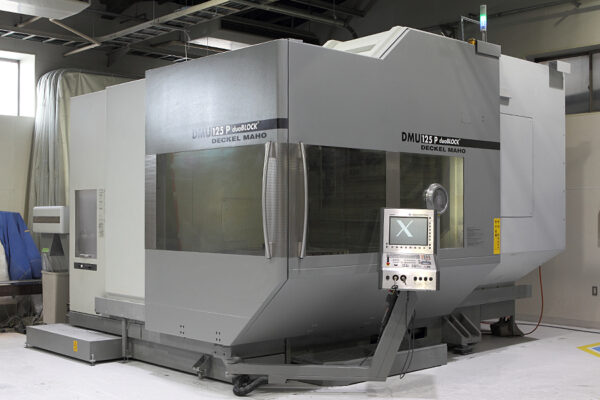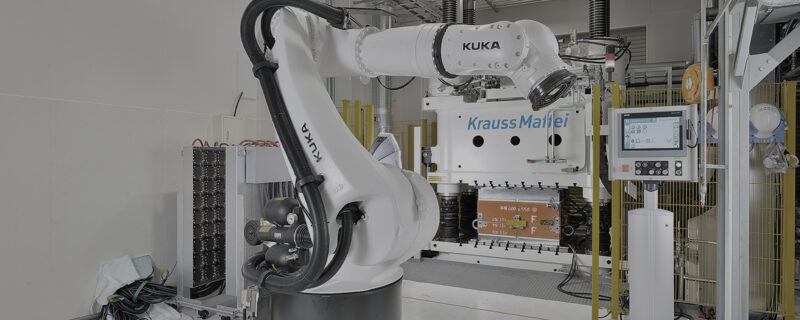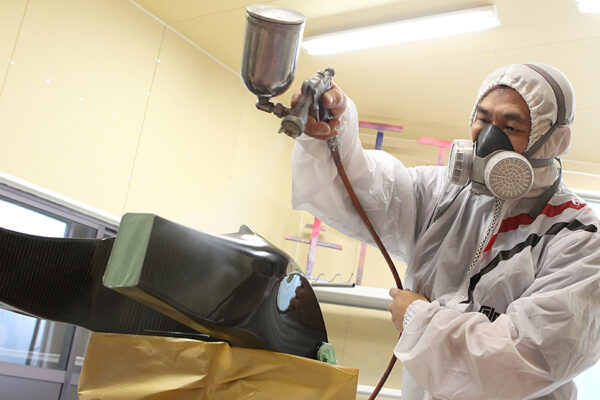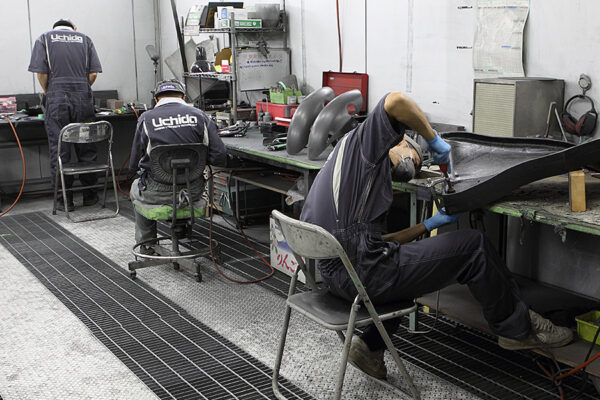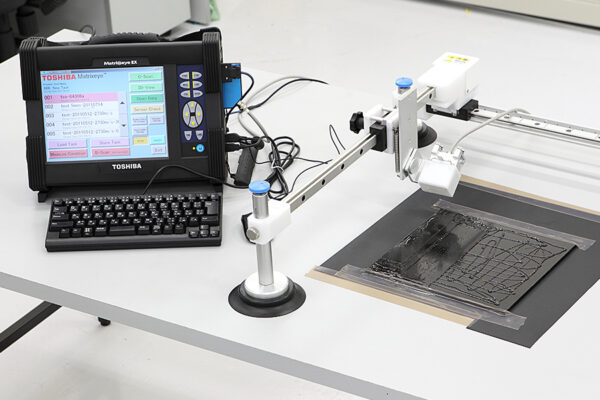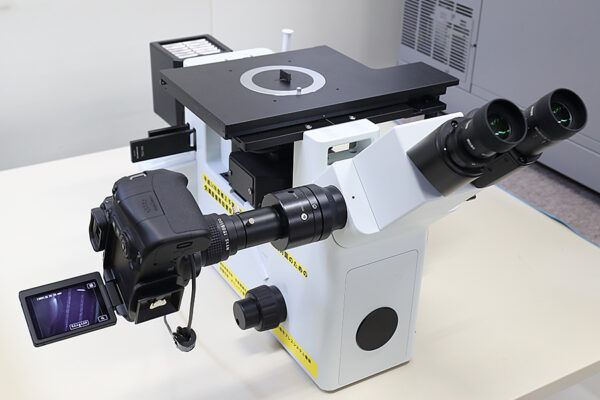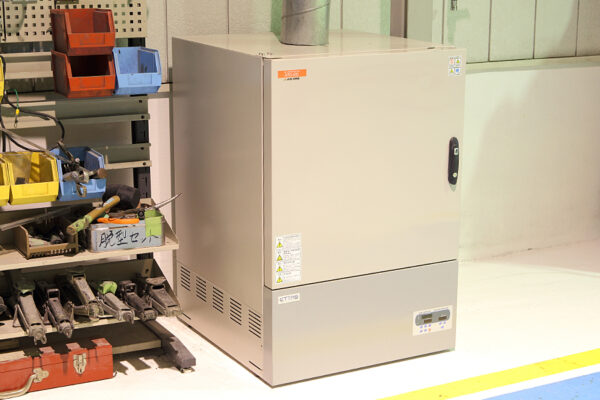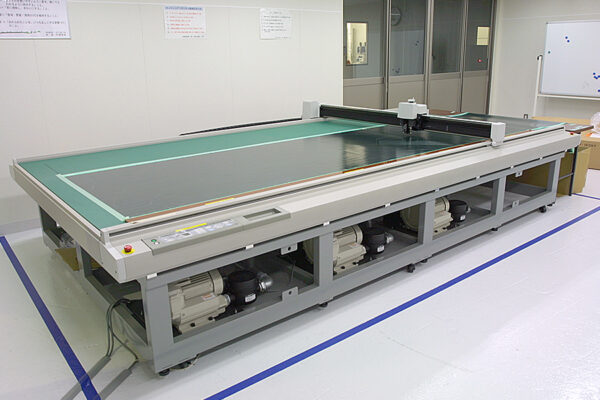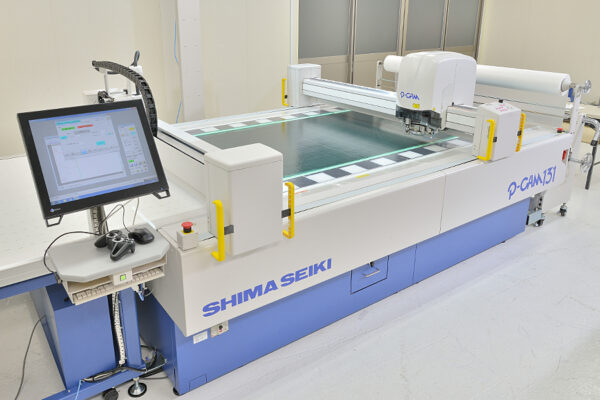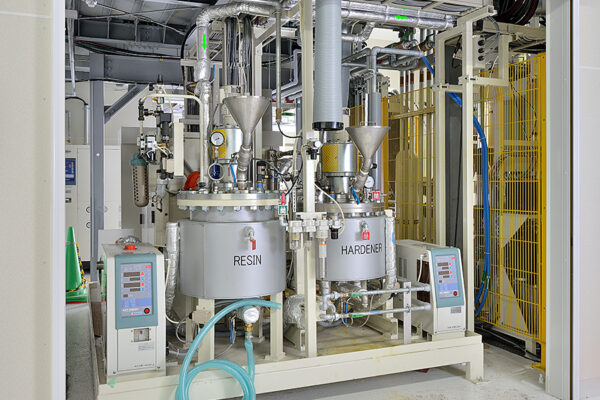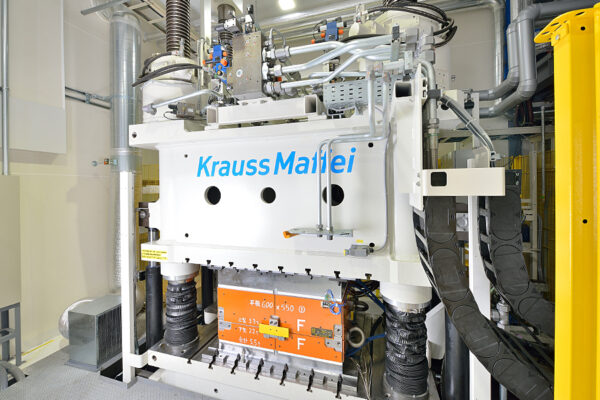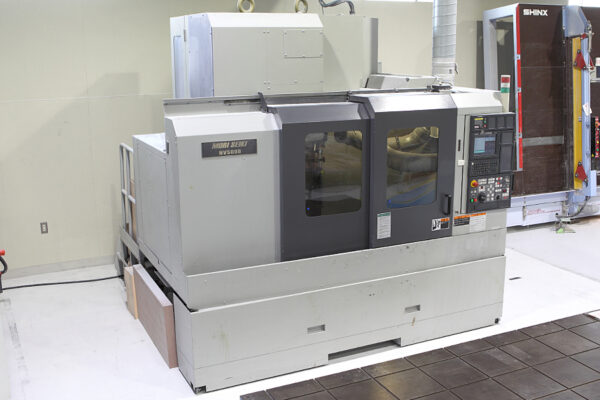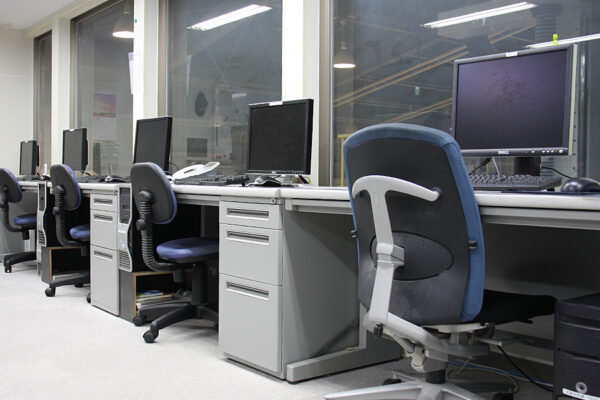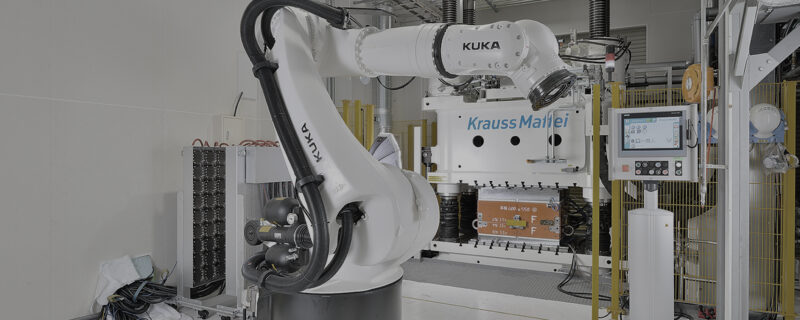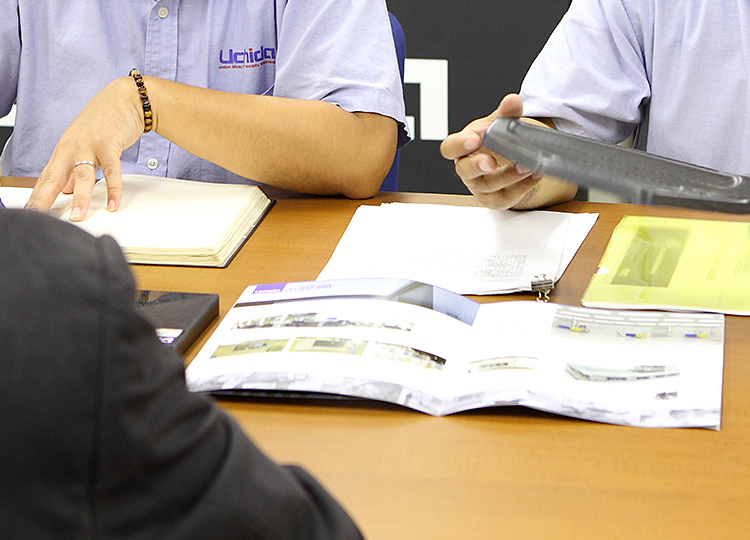Introduction
CFRP (Carbon Fiber Reinforced Polymer) is a composite material that uses carbon fiber as a reinforcement and is used in various fields such as aerospace, automotive, and sporting goods because of its light weight yet extremely high strength. It is used in various fields such as aerospace, automobiles, and sporting goods. In particular, the flexural strength of CFRP is one of the most important indicators of its strength properties. This column describes the flexural strength properties of CFRP, how to measure it, and how it is actually used.

What is flexural strength of CFRP?
Flexural strength is an indicator of how much a material can withstand bending. When a material is bent, compressive and tensile stresses are generated within the material. CFRP combines lightness and high strength, and has excellent performance in bending strength.
Carbon fiber has very high tensile strength, and CFRP, a composite material, is further strengthened by the addition of resin and has excellent resistance to bending.
Characteristics of CFRP Flexural Strength
The flexural strength of CFRP varies greatly depending on the type of carbon fiber used, fiber orientation, resin type, and manufacturing method. Understanding how these factors affect it is important to properly utilize CFRP.
Types of Carbon Fiber
Different types of carbon fiber have different strengths and moduli. Using high-strength carbon fiber will also increase the flexural strength of CFRP.
fiber orientation
The strength of CFRP is greatly affected by the orientation of the fibers. For example, if the fibers are oriented primarily in the tensile direction, the tensile strength will be higher, but if the fibers are oriented in multiple directions, the flexural strength will be more evenly distributed, resulting in better performance.
Resin Types
Resins used in CFRP include epoxy resins, polyurethane resins, and vinylester resins. The properties of the resin greatly affect the final flexural strength. The tougher the resin, the higher the flexural strength. 4.
manufacturing methods
CFRP can be made by a variety of manufacturing methods, including compression molding, injection molding, press molding, and laminate molding. The bond strength between the fibers and the resin varies depending on the manufacturing process, resulting in differences in flexural strength.
How to measure the flexural strength of CFRP
The following tests are commonly used to measure the flexural strength of CFRP.
In the three-point bending test, a CFRP specimen is supported at the center and a load is applied to both ends to measure the bending strength. The maximum bending moment occurs at the center of the specimen, and the bending strength is determined by measuring the load and displacement at that time.
In the four-point bending test, two load points are placed near the center of the specimen and support points are placed at both ends. This test can apply load evenly at the center of the specimen, and more accurate bending strength can be measured.
Accelerated Life Test This test is used to determine how the flexural strength of CFRP changes over time. Changes in durability and flexural strength of CFRP are observed while applying humidity, temperature change, and repetitive loading.
How to utilize CFRP’s flexural strength
CFRP’s superior flexural strength is an important factor in a wide variety of applications. In particular, it is effectively used in the following applications.

Aerospace Industry
CFRP is widely used in aircraft structural components. Aircraft require lightweight and high-strength materials, and CFRP’s superior bending strength is a major advantage. CFRP is used in aircraft wings, fuselages, and engine parts, contributing to improved fuel efficiency and durability.
automotive industry
CFRP is used for body and chassis parts to reduce the weight of automobiles. CFRP’s flexural strength is also an important factor in enhancing safety, as it affects impact absorption in the event of a collision.
sporting goods
CFRP is used in sporting goods, especially bicycle frames, golf clubs and ski boards. In these products, where bending strength is required, CFRP contributes to improved performance because it combines lightweight with high strength.
buildings and structures
CFRP is also used to reinforce structures where durability is required. CFRP can be used to reinforce bridges and high-rise buildings, where it serves as a lightweight, high-strength reinforcing material.
Conclusion
CFRP is a material with excellent flexural strength and is used in a variety of fields where high strength and light weight are required. The type of carbon fiber, fiber orientation, resin, and manufacturing method all affect flexural strength, and optimizing these factors can maximize CFRP’s performance. CFRP will continue to evolve and be used in many more industrial fields in the future.

Related useful contents
You can explore related content by clicking on a topic of interest.
ABOUT UCHIDA - 55 years since our founding
We leverage a wealth of technical expertise as a CFRP molding and processing manufacturer using FRP, GFRP, and CFRP materials. We offer a one-stop solution, encompassing design, analysis, manufacturing, secondary processing, assembly, painting, quality assurance, and testing.
UCHIDA's equipment
We have cutting-edge equipment to ensure that we can address even the most advanced challenges of our customers.
Video Library
In the following video, we provide a detailed overview of our manufacturing process. Please feel free to watch and learn more.


